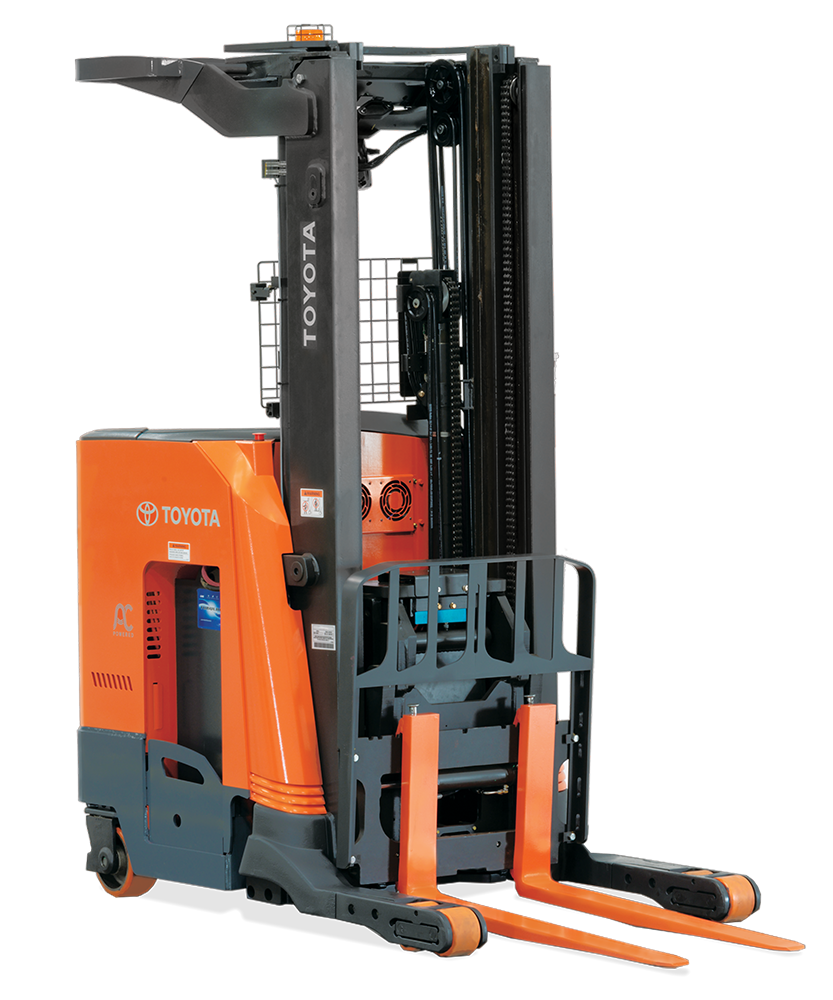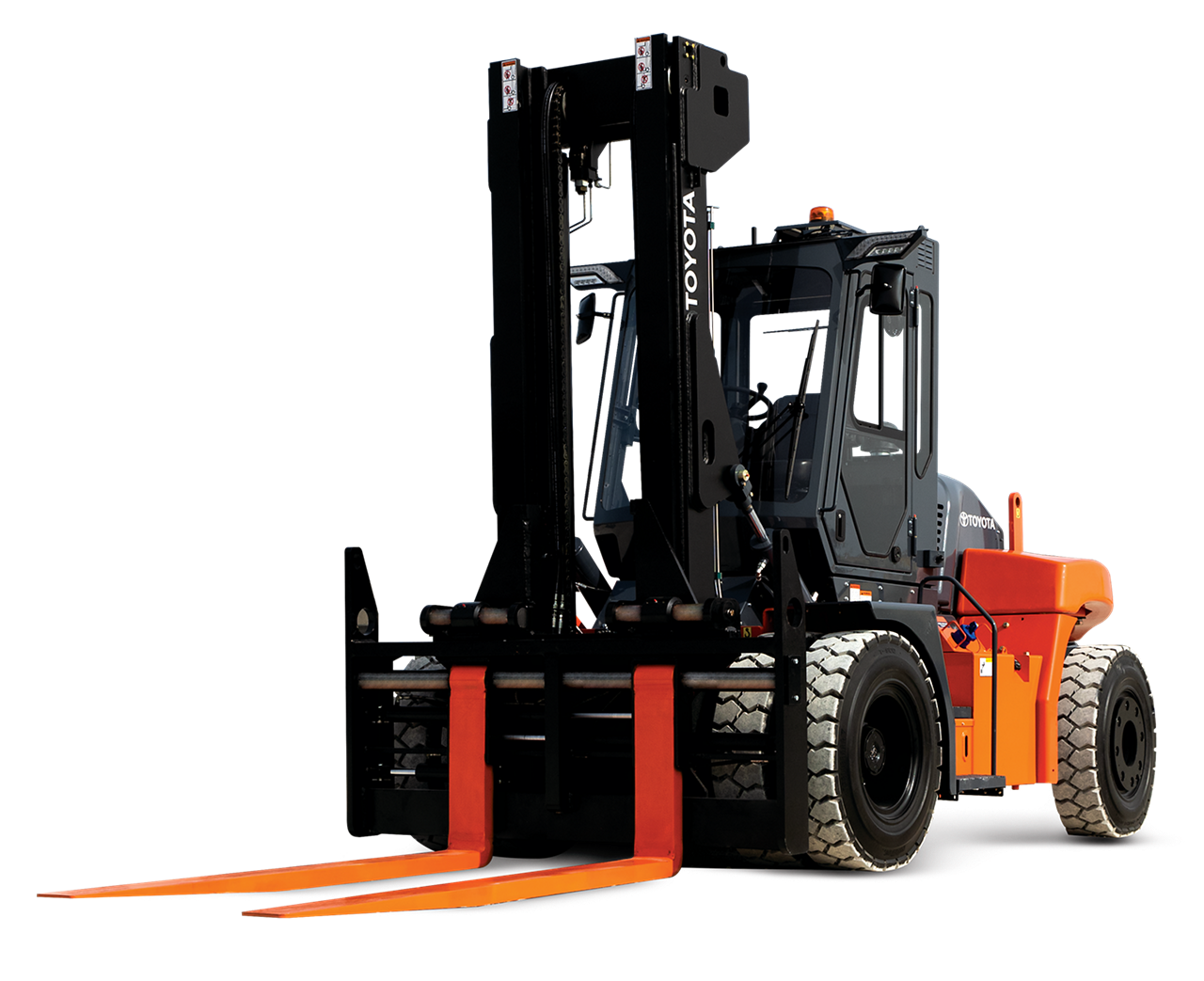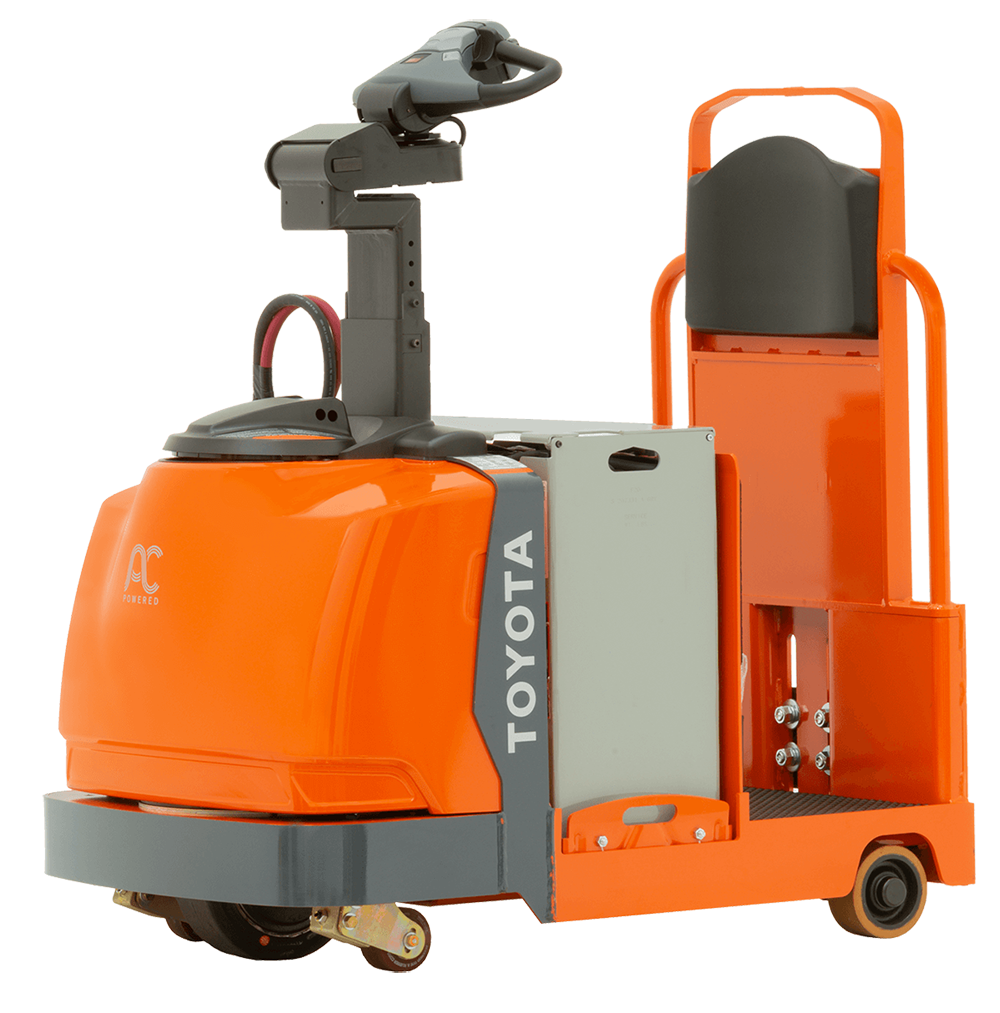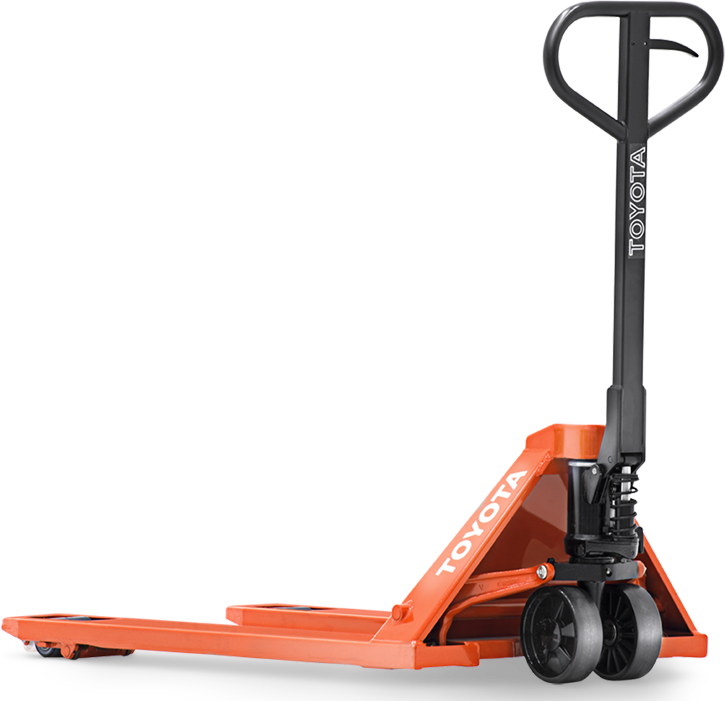Please click below to sign in to your MyToyota account
What to Expect When You're Transitioning from Lead Acid to Lithium-ion Forklift Batteries

When contemplating a forklift fleet transition from lead acid batteries to lithium-ion, there are wide variety of factors that need to be considered including fleet size, shift number, and your operational environment. In the right setting, it’s a big investment that comes with a big return when managed properly — including a wide variety of efficiency advantages.
At the same time, as you might expect, a different power source will come with a wide variety of changes to your operational practice. Here are a few of the differences you can expect, as well as some tips to help make the transition as smooth as possible for your fleet.
1. More Consistent Power
Whether you have a single-forklift operation or a large fleet working 24-hours a day, one important factor in delivering results is consistent power throughout the charge of the battery. Lithium-ion forklift batteries deliver consistent power and battery voltage throughout the full charge, whereas lead-acid battery charges deliver declining power rates as the shift wears on.
Bottom line: You won’t experience a lag toward the end of the lithium-ion battery’s charge, so plan your tac times and work flows accordingly.
2. End of Life
Because lead-acid batteries have been around for so long, there are many recycling programs in place for them when they reach the end of their lives. The recycling rate on lead-acid batteries is high. Recycling programs for lithium-ion batteries are still being developed.
Bottom line: Do your research and plan in advance for the end of your lithium-ion battery’s life so you know how to handle and dispose of the old battery appropriately.
3. Faster Charging Speeds
In the context of day-to-day operations, lithium-ion forklift batteries offer significantly faster charging speeds and don’t require charging cool down. This can help optimize daily productivity or even reduce the number of forklifts needed to complete objectives.
Bottom line: Be prepared with additional work to keep operators and their equipment busy — you may start moving faster than anticipated.
4. Opportunity Charging
Lithium-ion forklift batteries can be opportunity charged in any setting, eliminating the need for time-consuming battery swaps.
Bottom line: Make your charging stations convenient to your operators so that they can take advantage of this option during breaks, lunch, and other windows of free time.
5. Fewer Batteries Required
Lithium-ion forklift batteries can remain in equipment longer — to the point where one lithium-ion battery can take the place of three lead-acid batteries in a multi-shift use setting. This helps reduce the cost of storage space required for additional lead-acid batteries.
Bottom line: Figure out how much storage space you’ll need with the new set up, consolidate your storage space accordingly, and make use of the “leftover” space with value-adding tasks.
6. Cost
The reality is, lithium-ion batteries do cost more than lead-acid batteries. As a result, despite the operational efficiencies they provide, they are not necessarily the right solution for every operation.
Bottom line: Before transitioning, be sure that the efficiency returns you expect will outweigh the upfront cost.
7. Virtually Maintenance Free
Lithium-ion batteries require none of the watering, equalizing, and cleaning needed to maintain lead-acid batteries. This is a money savings in terms of both maintenance costs and downtime.
Bottom line: Make a plan to use the time you get back from this necessary maintenance for other productive tasks.
8. Culture Change
Forklift operators who are used to using lead-acid batteries will have to change the way they do their jobs when transitioning to lithium-ion because of the need to plug the forklift in to charge every time it is not in use. This transition requires a culture change that usually includes time for a learning curve.
Bottom line: Communicate clearly and intentionally before, during, and after the transition with your operators — and give them the time they need to adjust to a new way of powering their equipment.
For more information on how you can add lithium-ion batteries to your operation, reach out to your local, authorized Toyota Forklift Dealer.


















